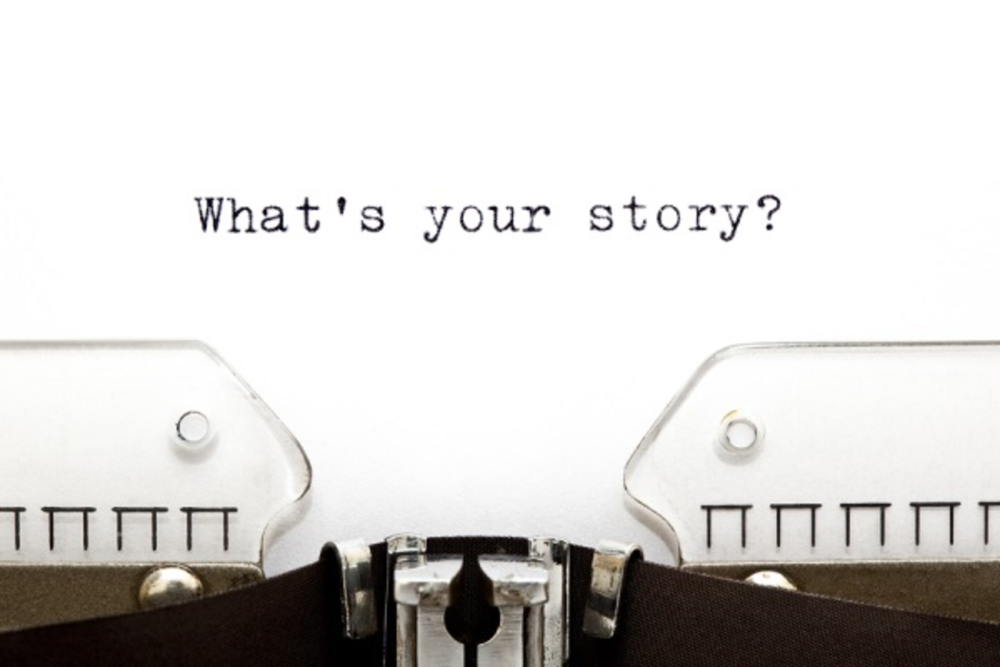Everyone loves a good story.
In fact, it’s the promise of great storytelling that draws us to see the latest blockbuster, and it’s those vivid storylines that leave us enthralled in a best-selling novel. Powerful stories are the way to make true connections with an audience. Storytelling is about connectivity. And the marketers who learn how to tell a moving story will be the ones who drive shoppers to listen and then take action.
“People aren’t moved by data or graphs. They remember stories that create emotion,” said Justin Gomez, lead organizer at community group ALIGN, during a panel discussion at Social Media Week in New York. “Strong stories matter because that’s what people remember.” Gomez said that whether you’re a marketer for a nonprofit, a major brand, or a fledgling startup, storytelling is a way to get in sync with your target audience.
As marketers begin to craft those stories for a TV spot, an email campaign, or perhaps even social media fodder, they should note that the initial focus shouldn’t be on the company or products, said founder and CEO of iGiveMore Inc., Matt Bishop. The spotlight, Bishop said, should always be on the customers—period.“Before you think about a product, service organization, think about the customers,” he said. “First, [get to] know and understand them. If you don’t, you’ll waste products and resources.”
Knowing the customer means understanding intricate details and small nuances in a particular community or culture. “You want to create a product—and a story—that people can relate to,” Bishop said. “Storytelling is at the heart of product development.”
“Remember, the end goal of a story is to make you feel. Start with the end goal,” said Brit Liggett, founder of Show the Good, an agency centered in content strategy, digital marketing, and asset management. Liggett says a marketing team should never craft a message or produce creative without having a clear end-goal in mind. “Know what it is that you want people to know—and do—after they’ve watched,” she said.
The panel explained that knowing your audience and establishing an end-goal are just the first steps to create a moving story. “Determine a narrative structure,” Liggett continued. “Consider how viewers [listeners or readers] will perceive the info.”
Liggett, Bishop, and Gomez encouraged marketers to then give an emotional hook to their stories, provide a solution to viewers’ problems, demonstrate how the company’s solution is making an impact, and then finally share a specific call to action.
“Examples are ‘Join us,’ ‘Call now,’ or ‘Share your story.’ The call to action is the punch,” Liggett said. But she also gave a stern warning for story creators: “Don’t be negative. People feel more engaged when they see positive change. Problems are always there. A solution is a much stronger message.”
In some final words of advice, the panelists suggested to tell narratives that include a “story of self, story of us, and a story of now.” Doing that, they said, would produce stories that drive audiences to action.
“Make an emotional impact with your own personal story—or the brand’s. That’s the story of self,” Bishop said. “Then identify a common experience to create a sense of community. That’s the story of us. Finally push the story of now. In essence, make that call to action. Each of these will build a connection between your story and the individual and collective stories of the audience.”








